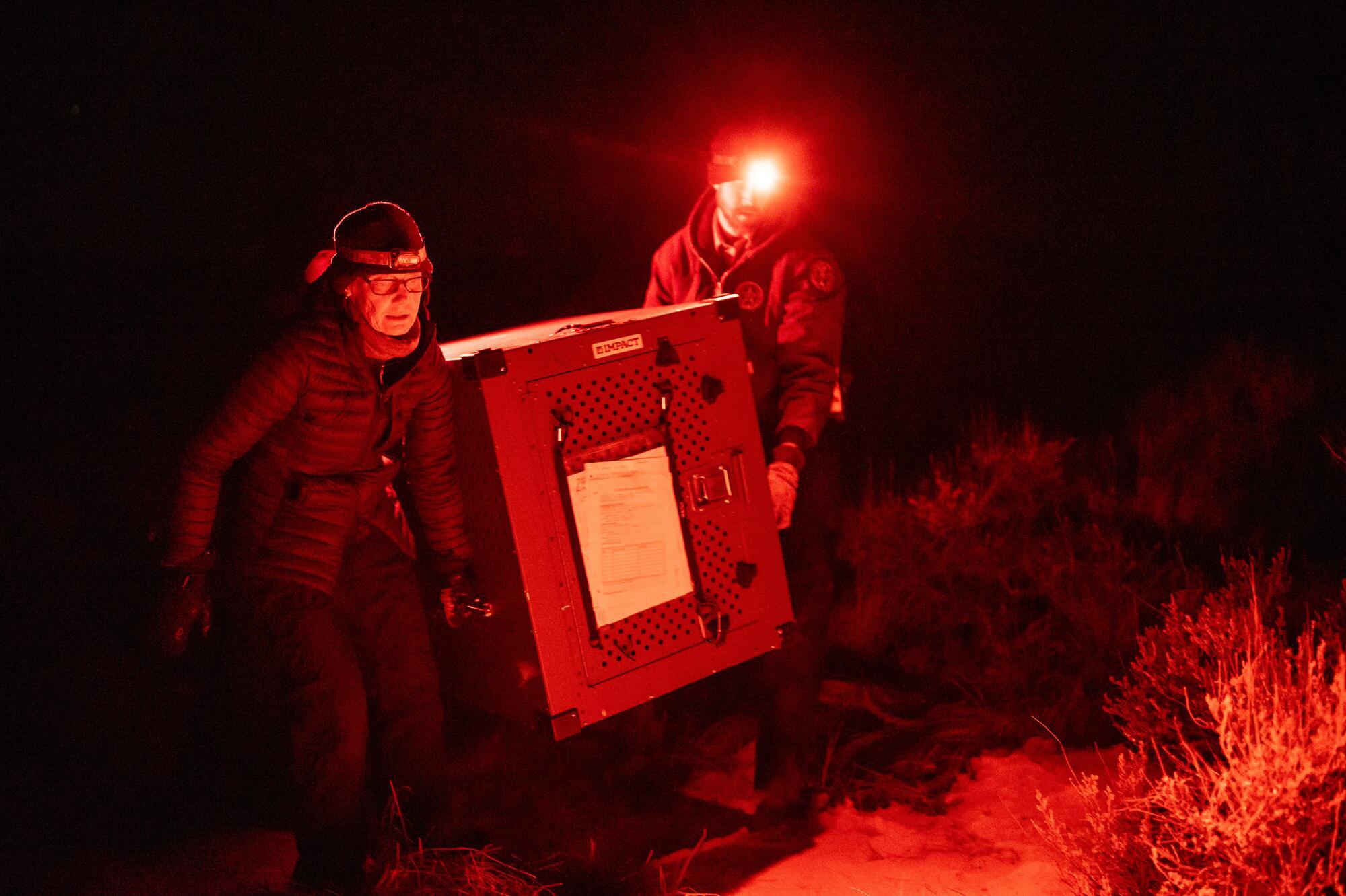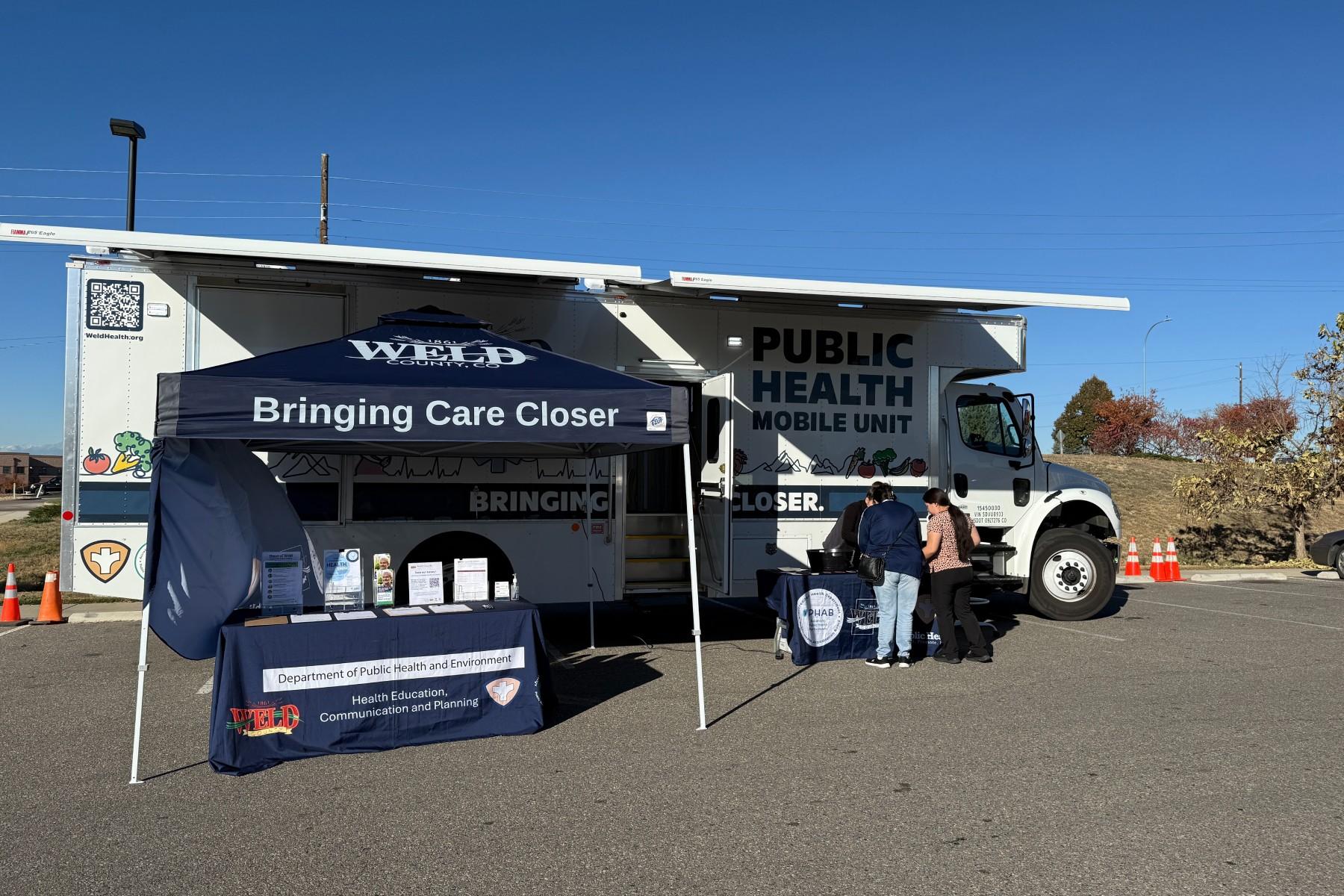During the next few months, the potential for significant wildland fires in Colorado is expected to rise. The latest seasonal outlook from the National Interagency Fire Center - Rocky Mountain Area Predictive Services Unit is pointing toward higher than normal temperatures with less rain and snow forecast for this region into early summer.
Wildland fire meteorologist Valerie Meyers with NIFC said, additionally, the lack of snow cover in the eastern plains this winter has left dead vegetation standing.
“Fire is lazy,” she said. “It's going to take the path of least resistance. So anything that is dry, cured, standing, vertical is an easy target for fire.”
Adding ongoing drought and wind to that equation makes it a big driver of wildland fires, according to Meyers. Lightning strikes earlier in the summer could also ignite fires, she said.
“Early on it could be a drier thunderstorm environment so the potential remains for above-normal potential for significant fires,” she said.
The current La Niña weather pattern that has been keeping the state drier and warmer than normal is forecast to weaken and transition during the summer into a more neutral pattern, according to the NIFC seasonal forecast.
It’s possible there will be an El Niño pattern later in the year that could mean more moisture in this region this winter, but Meyers said there’s no guarantee it will happen. She said it would take many significant rain events to counteract the long-term drought.
“Anything will help but it's not going to be the drought buster,” Meyers said. “Let's just hope that the monsoon delivers a good amount of precipitation and puts a dent in the drought and then hopefully that trend will continue into the winter months to where we can anticipate some good snowpack.”








